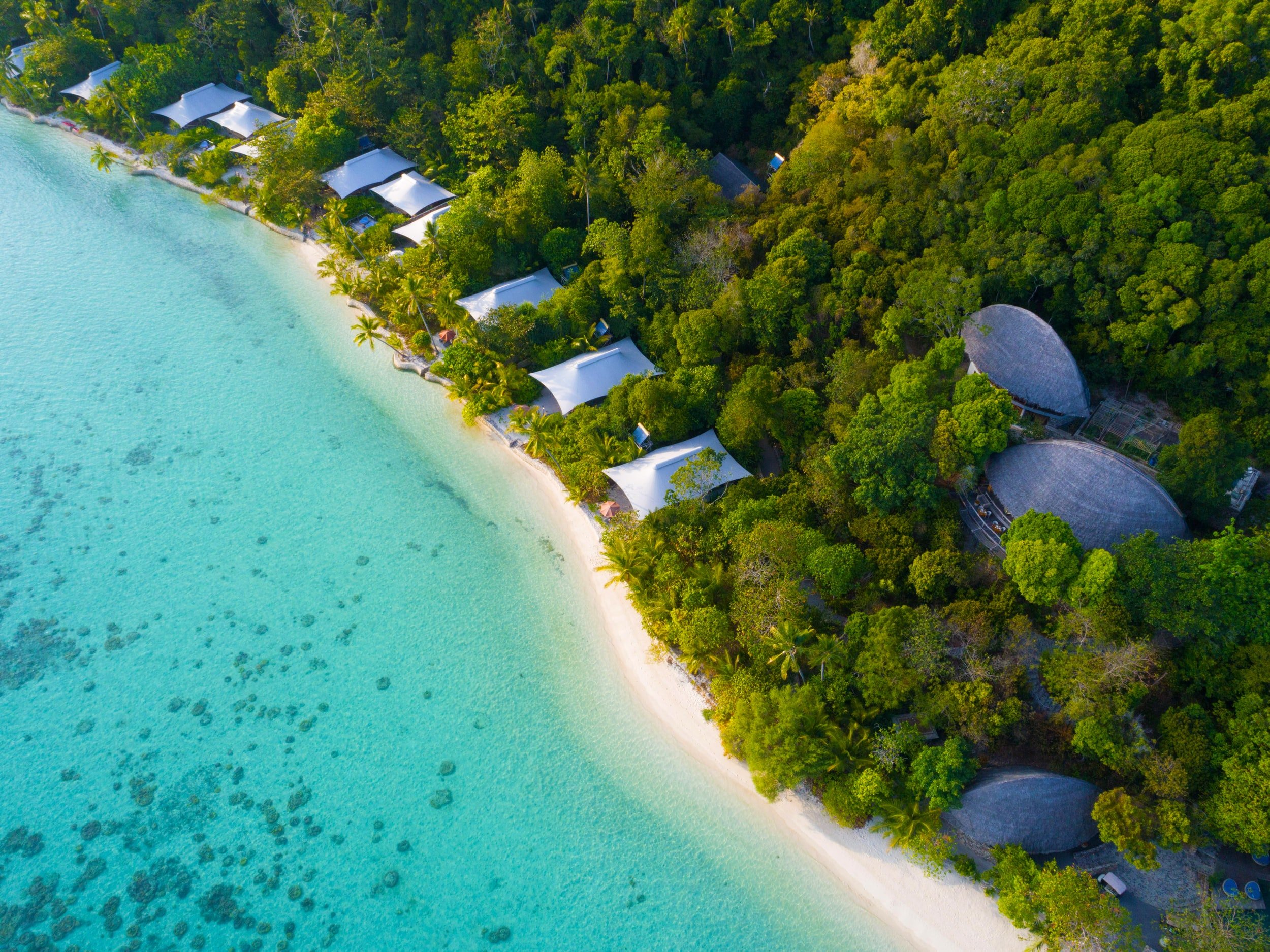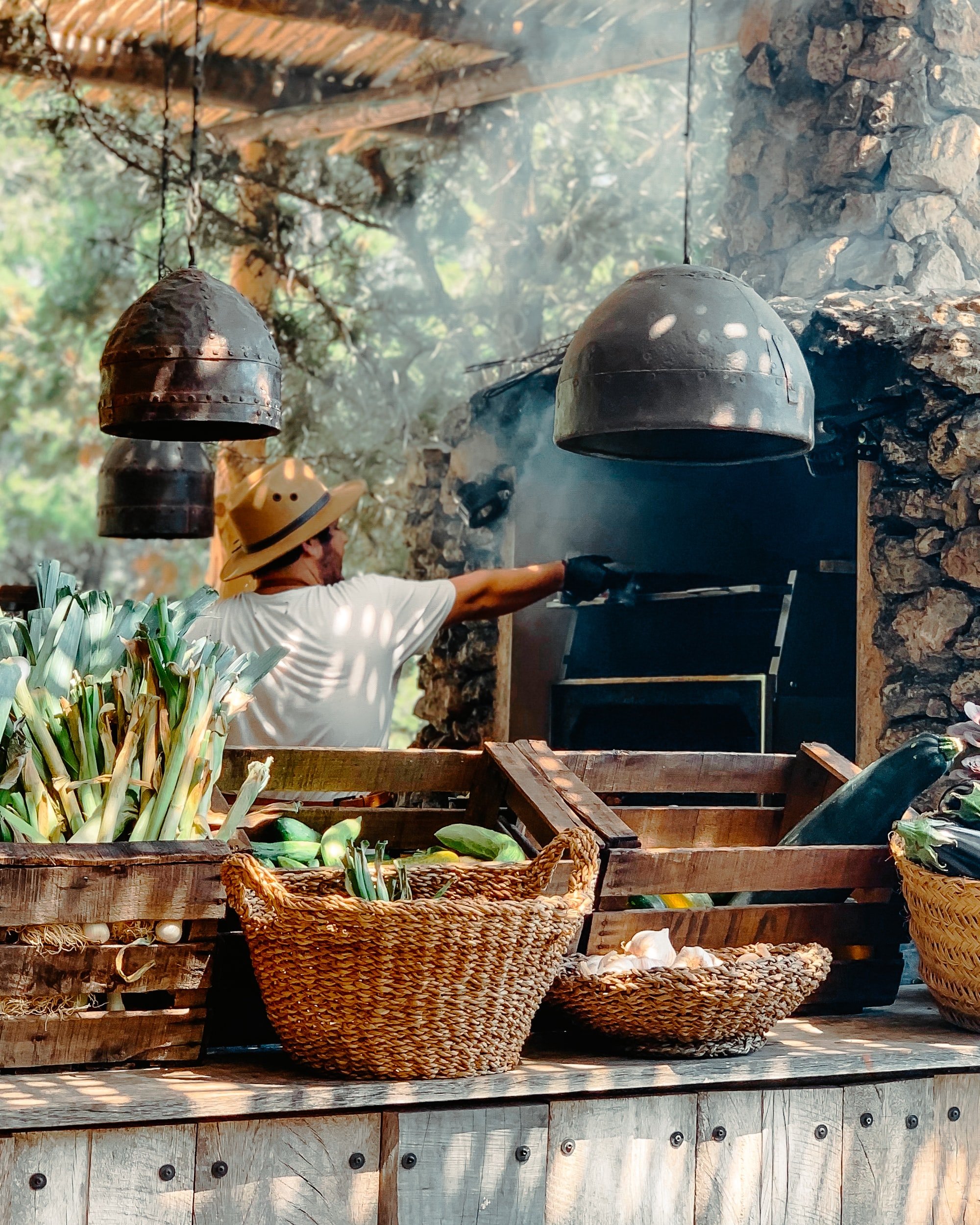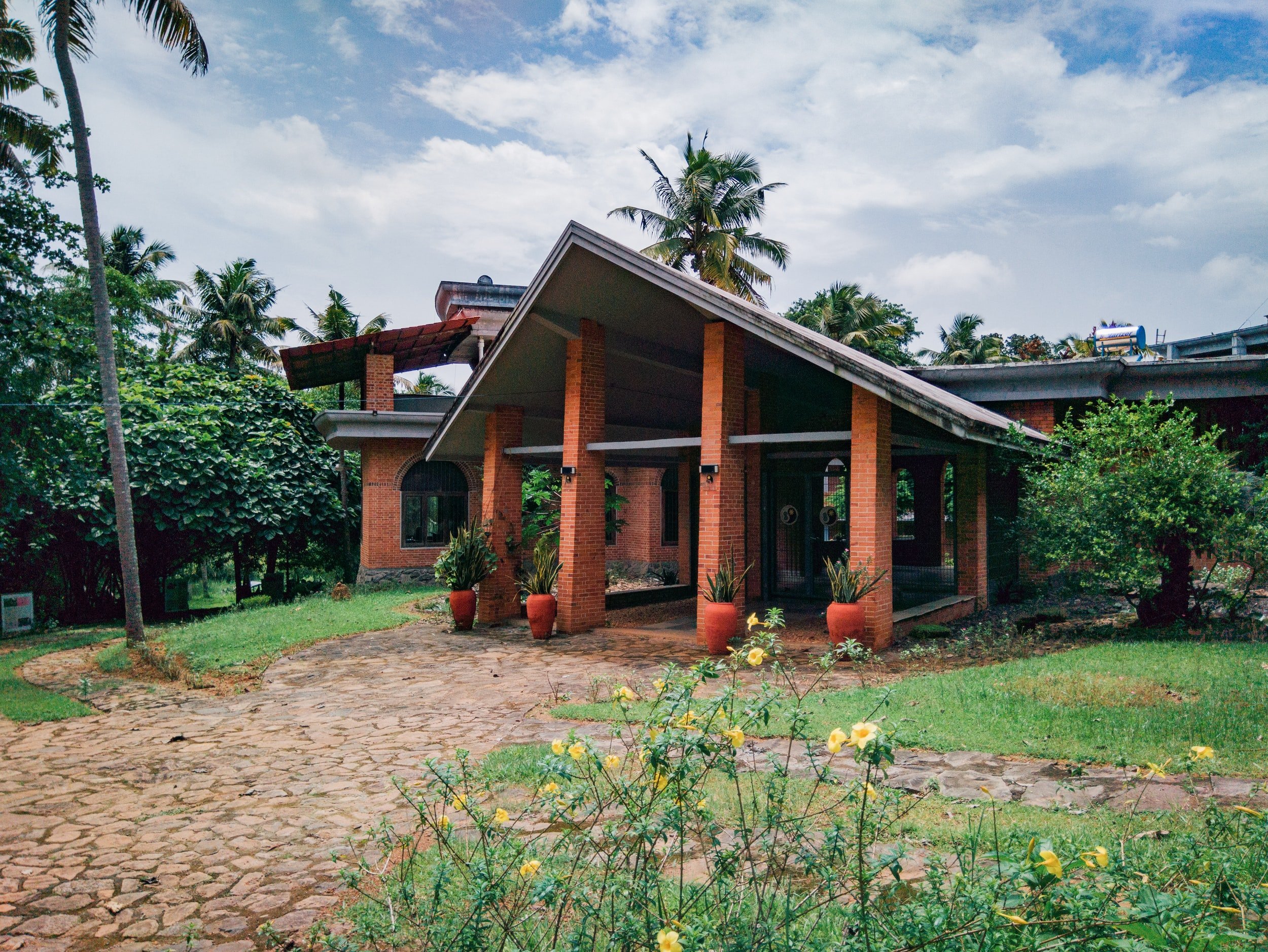Let’s Talk: Sustainable Hospitality
This is an article by Trove Associate Reema Maarouf.
“Conscious Consumerism” is the next big thing that will affect practically every industry, from retail to travel to dining. According to reports, as consumers all over the world utilize their purchasing power to go green, eco-friendly resorts and sustainable hospitality practices have fast moved from the exception to the rule. Hoteliers now have to seriously consider sustainable hospitality as a result of conscious consumerism.
According to a Booking.com survey, 68 percent of tourists intend to stay in an eco-friendly hotel, an increase from 2013. According to Credit Suisse's 2017 Global Investor report, millennials are the primary consumer demographic pressuring businesses to become more sustainable. Companies must demonstrate strong social and environmental performance and adopt sustainable practices to avoid jeopardizing their future growth.
Let’s look at some of Trove’s favorite world’s best eco-friendly hotels
Capella Ubud, Bali
Known as the No.7 Best Hotel in the World. It is important to note that no trees were taken down in the process of building this resort in order to preserve the natural surroundings. Additionally, the property has a no single-use plastic rule and provides the nearby communities with an educational program that emphasizes a sustainable approach to waste management and plastic elimination. For the kids of the nearby village, Capella Ubud also offers a number of scholarship programs that are sustainability-focused.
Petit St Vincent, St. Vincent & The Grenadines
This charming, environmentally conscious hotel, which belongs to Small Luxury Hotels of the World, makes an effort to demonstrate that sustainability and luxury are not incompatible. Modern reverse osmosis desalination technology is used on the property to treat ocean water and produce fresh drinking water. In order to avoid importing bottled water, the hotel also bottles its own drinking water using reusable glass bottles.
Nimmo Bay, British Colombia
Located at the heart of Canada’s great rainforest on the shores of the Pacific Ocean this extravagant wilderness resort gives more back to the land and the community than it takes. The majority of the resort's power requirements are met by a water-driven energy system that is powered by streams and waterfalls and offers clean drinking water. Grey and black water are transformed into clean water that can be reintroduced into the ecosystem using a wastewater management system. Although Nimmo Bay's carbon footprint is regularly monitored and carbon emissions are minimized, getting to and from the property is one of their more carbon-intensive activities. Set arrival and departure dates for visitors has reduced fuel consumption and travel distance by approximately 35% over the past five years, decreasing emissions. In the kitchen, foodstuffs are procured responsibly, with a concentration on foraged, wild foods, sustainably caught fish from their own backyard, and produce they can track back to the people who planted the seeds. They continue to reduce the number of miles their food travels annually and have increased the amount of locally sourced ingredients they use by more than 50%.
Last but not least, they partner up with community-led organizations and non-profit societies to support indigenous communities by helping to provide access to education and training.
Jumeirah Al Naseem, Dubai
Jumeriah Al Naseem takes luxury hospitality to new heights. Recycling Initiatives are available by placing bins located across resort locations along with water coolers and dispensers around the resort. Moreover, there are water-efficient toilets stationed throughout the resort and water-efficient showers in guest bathrooms and changing rooms. There is an option to reuse towels during your stay and the option to opt out of daily room cleaning if desired. Plastic reduction is done through the elimination of single-use plastic straws, single-use plastic cups, plastic cutlery, tableware, and single-use plastic stirrers. Energy conservation is implemented through energy-efficient LED bulbs used throughout the resort, double-glazed windows used around the resort, electric car charging stations for green vehicles, key-card and motion-controlled electricity and there is the compensation of at least 10% of resort carbon emissions done by purchasing certified offsets. To preserve food sustainability 80% of food ingredients are sourced from within the region, food-waste prevention policy education and best practices are enacted across the resort, and sustainable seafood is served at selected restaurants. Last but not least, the tropical waters of the Arabian Gulf are the ideal home for turtles, and the Dubai Turtle Rehabilitation Project at Jumeirah Al Naseem is an incredible rescue center that is dedicated to rehabilitating and releasing endangered species such as hawksbill and green turtles
Sustainable travel is more than just a popular fad. Additionally, it's rapidly turning into a priority, if not a moral obligation in the long run for hoteliers and industry executives everywhere.
What does it take to become known as Sustainable?
Utilizing environmentally friendly methods (reduce, reuse, recycle), preserving cultural and natural heritage (by repairing historic structures or rescuing endangered species), and bringing concrete social and economic benefits to local communities are the three pillars of sustainable tourism (ranging from upholding the rights of indigenous peoples to supporting fair wages for employees).
If you are interested in diving deeper and learning more about how you can adopt sustainable practices, reach out to one of our destination experts here at Trove to best accommodate your inquiries.




